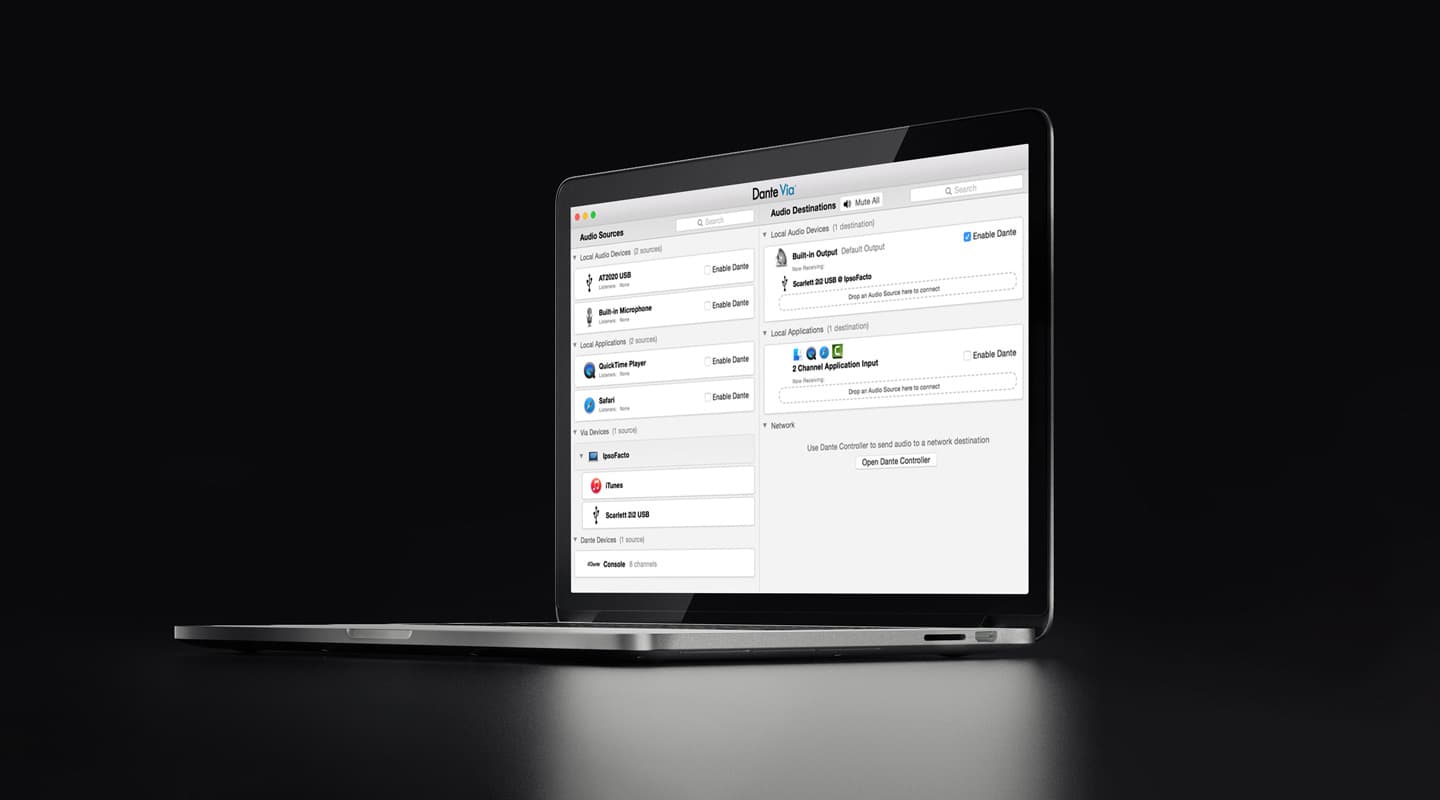
Review: Dante Via
Audio Networking Software.
Review:/ Brad Watts
Audio networking, the concept of delivering audio via standard ethernet style Cat5, Cat6, or fibreoptic cables has been around for some time. Yet in the early days of its development there were many caveats — using supported switches, and dedicating the physical cabling of such networks solely to the required audio (and/or video) network. There was also the spectre of latency — the inevitable tardiness of digital data being shunted via ethernet cabling could make or break the usefulness of an audio network especially.
A decade ago, and following a number of years in development, Audinate unleashed Dante — an AV networking system that could piggyback onto an existing ethernet or fibreoptic network. Yes, Dante functioned on any network, with a guaranteed latency quotient. It was also switch and router agnostic, in which case you could ostensibly hang Dante-aware peripheral equipment, such as audio recording and playback devices, digital mixers and stageboxes, speakers, amplifiers, embedders and de-embedders, off an existing network, and know your digital audio would be delivered glitch-free and in time.
Consequently, Dante has grown to become the dominant defacto standard for AV networking and integration within sound venues, corporate AV installs, OB vans, and indeed, broadcasting facilities. Dante is even making its way into recording studios. As mentioned, the range of Dante-aware hardware is large and getting larger. Logistically, Dante is the first and final choice for integrating an audio system network.
VIRTUAL REALITY
This is all very well for Dante-equipped equipment speaking with other Dante endowed hardware, but what if you need to apply this same integration between the countless ‘virtual’ pieces of hardware within a standalone computer? Or even have an audio application running on said computer access to the aforementioned Dante hardware. Or, in fact, augment an audio interface without Dante support, into a device which can integrate into a Dante network. Enter Audinate’s Dante Via.
Dante Via is this missing link. This software application, with a quick flick of the download and install button, not only turns your Mac or PC into networked Dante hardware, it also bestows all your audio software with Dante smarts. Audinate offers a 30-day unhindered demo period for Dante Via, so there’s no reason not to grab it and give it a whirl. The lightweight 54MB download is compatible with OSX 10.95, 10.10.5, and 10.11. In Windows-land you’ll need Windows 7 (SP1), Windows 8.1, or Windows 10. System requirements for both operating systems start at i5 processors (which unfortunately will rule out many laptops), 4GB of RAM, and a 1Gbps network interface — easily attainable stipulations. Plus you’ll need a 1Gbps network switch or router for gaining access between other computers with Dante Via or/or Dante hardware — beware ‘EEE’ (or ‘Energy Efficient Ethernet’) switches. Notice there’s been no mention of wi-fi thus far? That’s because wi-fi is strictly unsupported. It’s simply not fast enough, and let’s be honest, it can be flakey at the best of times. Dante networks can handle up 32-bit/192k audio streams — today’s wireless speeds simply couldn’t deal with it. That said, Dante Via keeps audio within the 24-but/48k realm.
Should you not be able to live without Dante Via at the end of the demo period, the cost isn’t prohibitive (US$49.95), and the licence will allow up to five instances of the software. Note, if you’re using the Dante Controller and/or Dante Virtual Soundcard on other computers on the network, you have to upgrade to the latest versions of these apps to use in tandem with Dante Via.
ON THE ROAD WITH VIA
So enough of the background. Let’s look around the Via GUI and see what can be done. Following installation (on OSX, which is from where these descriptions will follow), start Dante Via and you’ll be presented with a reasonably simple drag and drop interface, with Audio Sources on the left, and Audio Destinations on the right. Sources can be Local Devices such as the computer’s onboard audio inputs, or indeed, inputs on any connected audio interface. Below this is the Local Applications area. Here, applications that can generate audio are listed. This includes DAWs, browsers, media players, Skype, iTunes — literally any application that can produce audio — up to 32 x 32 channels. However, streaming between applications is limited to 2 x 2 channels. Beside each of these source options is a tick box to enable Dante for those devices. Below this is an area for other computers/devices running Dante Via and the input sources for each of these devices. Then finally we see another area representing Dante hardware devices taking part in your network.
Moving to the right side of the GUI we find Audio Destinations. These include any hardware device or software application that can receive audio from the computer, or indeed the network: Dante-equipped mixers, amplifiers, speakers etc. Below this are Local Application destinations, and here you can shunt audio from applications such as browsers and media players, even Dante Devices on the network, then choose Dante Via as the record input in your DAW. Easily make a two-track of whatever’s coming into your Dante-savvy mixer, for example. When it comes to patching up these sources and destinations, it’s simply a matter of dragging icons to and fro. It’s a piece of cake. Then when you see what’s possible within Dante Via, you soon realise it to be the Dante Swiss army knife.
SYNCING FEELING
With so many options possible, you’d start to wonder what keeps all this patching frivolity in check. Fortunately, Dante Via takes care of all sync and sample rate issues, resampling everything to 24-bit/48k seamlessly. Bear in mind, Dante Via takes control of your computer’s audio system as soon as it’s booted. In OSX the sound input and output are quietly changed to Dante Via. Quit or stop Via and the previous sound devices are returned to.
There’s a lot you can do with Via. Initially my first thoughts were for recording outputs of applications straight to a DAW — simple enough. Then I realise I could quickly set up a patch to record to a DAW on another machine, and send that audio off to a dedicated spectrum analyser on another computer without the need for an audio interface on that machine — all with a respectable 10ms of latency (that’s within Dante Via, there will of course be the additional latency of ancillary devices such as USB/Firewire/PCIe audio interfaces). This lends itself quite readily to easily recording desk mixes with a laptop. But then the applications become wider the more instances Dante Via finds itself: quickly send your PowerPoint presentation to the house audio system with an ethernet cable; gain talkback to the talent’s in-ear monitors with a USB microphone and a laptop… it’s really up to whatever you can think of, knowing you can flick an audio signal to and from your computers with a drag and a drop.
It’s hard to fault Dante Via. While there are a few hiccups at the moment with Apple audio applications (I did chase my tail with Logic Pro X until I was informed there was a “soon to be rectified issue” with Apple software), I am pleased to have been endowed with a licence. And frankly, at US$50, it’s a steal.

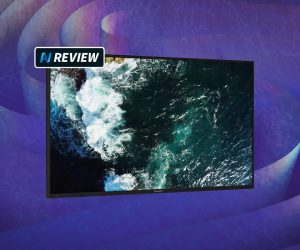
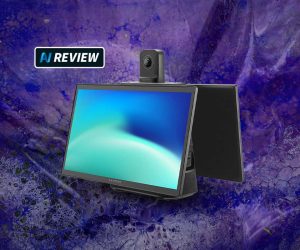
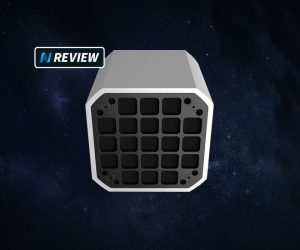

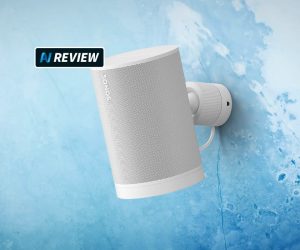
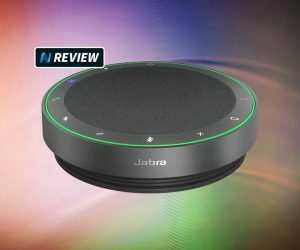
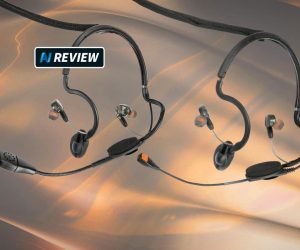
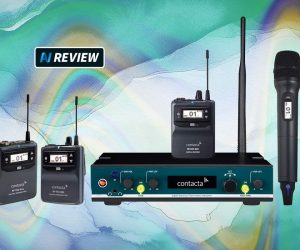
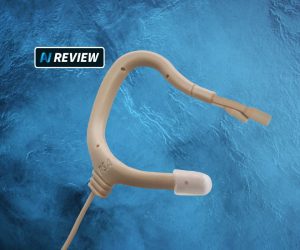
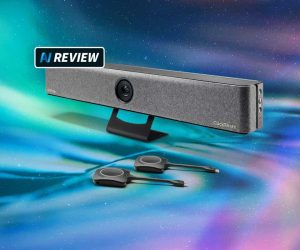
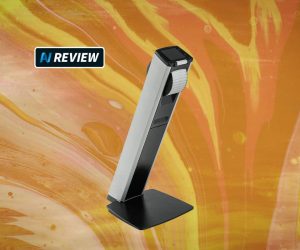
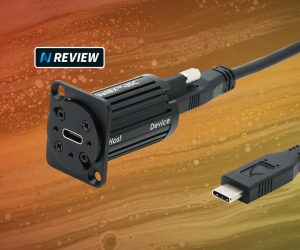


RESPONSES